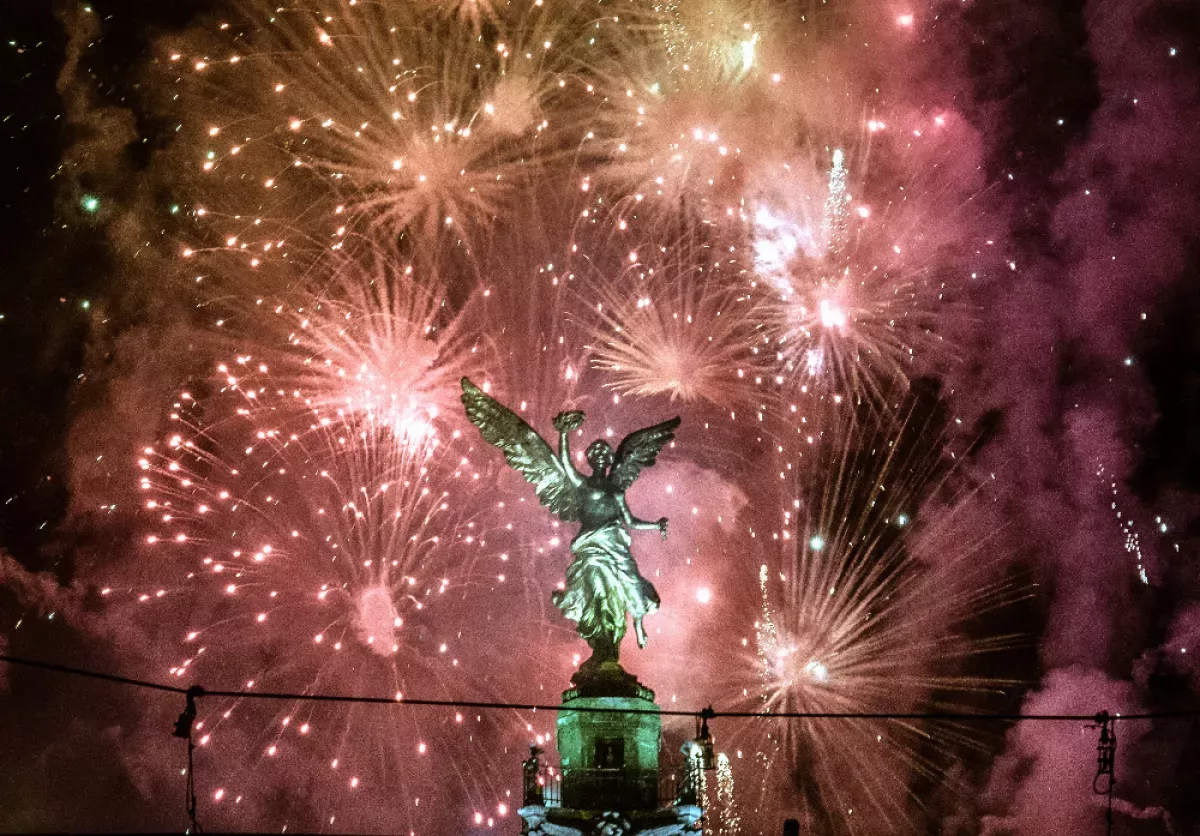New Year's Day, celebrated on January 1st in the Gregorian calendar, marks the start of the year. Solar calendars like the Gregorian and Julian calendars typically begin the year near the northern winter solstice. However, cultures using lunisolar or lunar calendars observe their Lunar New Year at different times relative to the solar year.
1900: Julian and Gregorian Calendar Discrepancy
By 1900, the difference between the Julian and Gregorian calendars increased to twelve days, due to the year 1900 not being a leap year in the Gregorian calendar while it was in the Julian.
1960: Feast of the Naming and Circumcision of Jesus
In 1960, the Christian calendar marked New Year's Day with the Feast of the Naming and Circumcision of Jesus. This is still observed in the Anglican and Lutheran Churches.
2000: Babylonian Calendar New Year
Around 2000 BC, the ancient Babylonian calendar, which was lunisolar, started observing a spring festival and the new year during Nisan, coinciding with the March equinox.
2000: Julian and Gregorian Calendar Alignment
The year 2000 was a leap year in both the Julian and Gregorian calendars.
December 2022: Martian New Year MY 37
The Martian New Year's Day of MY 37 coincided with December 26, 2022, on Earth's Gregorian calendar.
November 2024: Martian New Year MY 38
The Martian New Year's Day of MY 38 will coincide with November 12, 2024 on Earth's Gregorian calendar.
Trending
18 days ago CD Projekt Dashes Cyberpunk 2077 Anniversary Teaser Hopes, Confirms No New Content

2 months ago Priyanka Chopra and Nick Jonas Celebrate Karwa Chauth with Daughter Malti Marie

Anne Hathaway is a highly successful American actress renowned for her versatile performances in a wide range of films She...

18 days ago John Cena discusses China apology and Taiwan comments on Joe Rogan's podcast.

1 month ago Ubisoft's Anno 117 includes AI art placeholder; Fans react negatively.
Taco Bell founded in by Glen Bell is an American fast-food restaurant chain specializing in Mexican-inspired cuisine It is a...
Popular

Tucker Carlson is an American conservative political commentator known for...

XXXTentacion born Jahseh Dwayne Ricardo Onfroy was a controversial yet...

Ben Shapiro is a prominent American conservative political commentator media...

Candace Owens is an American conservative political commentator and author...

William Franklin Graham III commonly known as Franklin Graham is...

John F Kennedy JFK was the th U S President...


